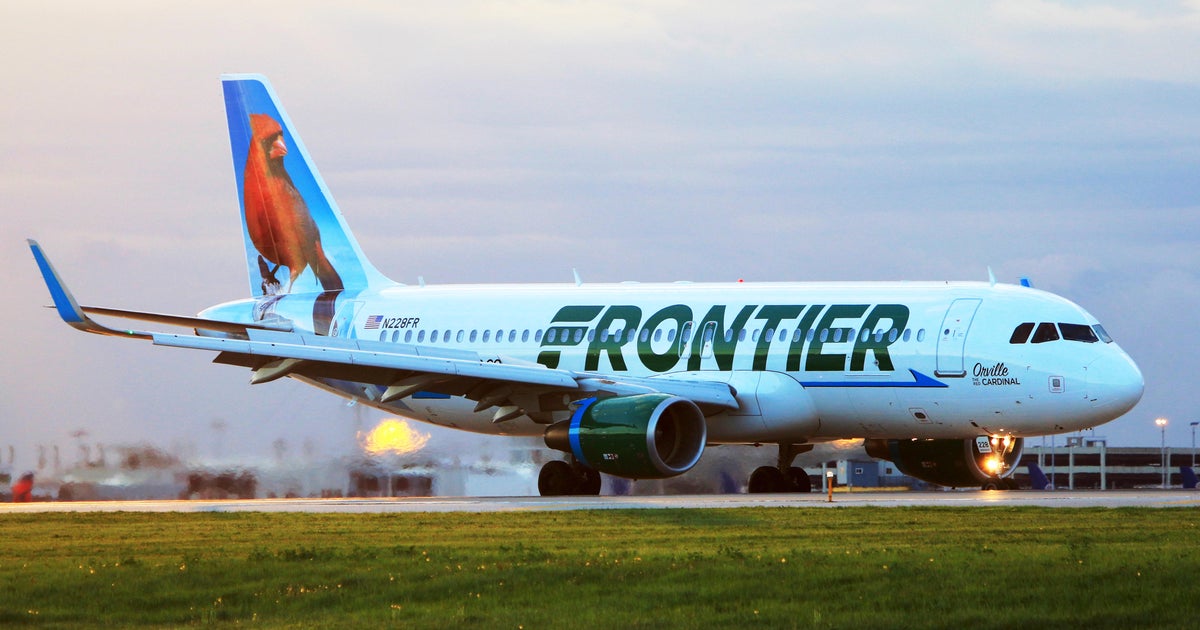New Boeing whistleblower alleges faulty airplane parts may have been used on jets
A new whistleblower report alleges some faulty airplane parts may have been used on Boeing jets. It comes as the company has faced a series of safety and quality concerns, including a door panel that blew off an Alaska Airlines plane mid-flight in January.
The new complaint is from Boeing employee Sam Mohawk, who claims that when Boeing restarted production of the 737 Max after two deadly crashes in 2018 and 2019, there was "a 300% increase" in reports about parts that did not meet manufacturer standards.
While those parts were supposed to be removed from production and closely tracked, the report alleges "the 737 program was losing hundreds of non-conforming parts."
"Mohawk feared that non-conforming parts were being installed on the 737s and that could lead to a catastrophic event," according to the report.
Boeing's outgoing CEO Dave Calhoun is set to testify Tuesday before the Senate on Capitol Hill.
The document also claims that when Boeing learned of a pending FAA inspection last June, many parts were moved to another location to "intentionally hide improperly stored parts from the FAA."
"We received this document late Monday evening and are reviewing the claims," Boeing said in a statement. "We continuously encourage employees to report all concerns as our priority is to ensure the safety of our airplanes and the flying public."
In April, Boeing whistleblowers, including Sam Salehpour, a quality engineer at the company, testified to lawmakers over safety concerns.
"Despite what Boeing officials state publicly, there is no safety culture at Boeing, and employees like me who speak up about defects with its production activities and lack of quality control are ignored, marginalized, threatened, sidelined and worse," he told members of an investigative panel of the Senate Homeland Security and Governmental Affairs Committee.
Boeing denied Salehpour's allegations, and said in a statement, "A 787 can safely operate for at least 30 years before needing expanded airframe maintenance routines. Extensive and rigorous testing of the fuselage and heavy maintenance checks of nearly 700 in-service airplanes to date have found zero evidence of airframe fatigue."
Calhoun is also expected during his testimony to outline steps Boeing is taking to make improvements, including its safety and quality action plan recently submitted to the FAA, and tell senators Boeing's culture is "far from perfect, but we are taking action and making progress."
"Boeing has adopted a broken safety culture of shut up, not speak up when it comes to its workers reporting problems and that kind of retaliation is a recipe for disaster," Sen. Richard Blumenthal, a Democrat from Connecticut, said.
Boeing company leaders met with federal regulators in May to discuss safety and quality concerns.
"We reviewed Boeing's roadmap to set a new standard of safety and underscored that they must follow through on corrective actions and effectively transform their safety culture," FAA Administrator Mike Whitaker said. "On the FAA's part, we will make sure they do and that their fixes are effective. This does not mark the end of our increased oversight of Boeing and its suppliers, but it sets a new standard of how Boeing does business."
Calhoun will leave his position by the end of this year, a new CEO has not been named.




